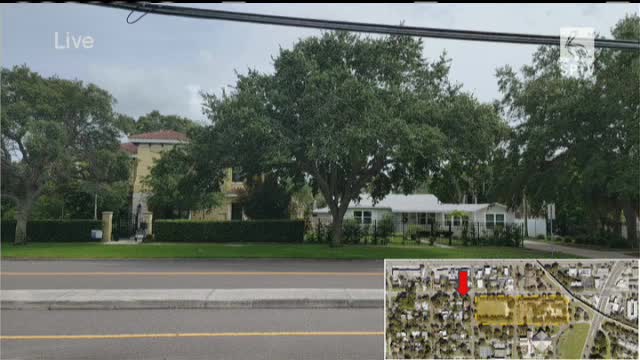Council debates controversial rezoning amid community concerns
August 08, 2024 | Saint Petersburg City, St. Petersburg County, Florida
This article was created by AI summarizing key points discussed. AI makes mistakes, so for full details and context, please refer to the video of the full meeting. Please report any errors so we can fix them. Report an error »

In a recent government meeting, city officials engaged in a detailed discussion regarding the potential rezoning of two city blocks currently occupied by institutional buildings, including a preschool and church facilities. The proposal aims to transition the land use from institutional to residential, with considerations for multifamily or single-family housing options.
The east city block, which features two-story institutional buildings, has been a focal point of debate. Officials noted that the character of the proposed residential development would differ significantly from the existing institutional structures, leaning towards a more residential ambiance. The discussion highlighted the importance of evaluating the proposed changes in relation to existing land use patterns and future conditions.
A key point of contention arose around the future land use map, with officials clarifying that while the applicants sought a residential medium designation, they could also request other classifications such as residential urban or planned redevelopment residential. The current zoning, NT3, would require an amendment to align with the proposed residential use.
Concerns were raised regarding the impact of the proposed changes on population density and public schools, with some officials questioning why school considerations were not included in the review process. The response indicated that while school concurrency is no longer mandated, the city continues to report new developments to the Pinellas County School District for planning purposes.
The meeting also addressed the availability of land suitable for redevelopment, with officials acknowledging a lack of detailed analysis on the number of available parcels. The conversation included references to the surrounding neighborhoods and the potential effects of increased density on local infrastructure, particularly traffic patterns.
Vice Chair Gertrus expressed personal connections to the area, emphasizing the importance of community input and the need for careful consideration of the proposed changes. He voiced skepticism about the compatibility of the proposed development with the existing neighborhood character, particularly regarding the density and design of single-family homes and townhomes.
As the council members continued to deliberate, the discussions underscored the complexities of urban planning and the balancing act between development and community preservation. The outcome of this proposal remains uncertain as officials weigh the implications of the rezoning against the backdrop of community needs and urban growth.
The east city block, which features two-story institutional buildings, has been a focal point of debate. Officials noted that the character of the proposed residential development would differ significantly from the existing institutional structures, leaning towards a more residential ambiance. The discussion highlighted the importance of evaluating the proposed changes in relation to existing land use patterns and future conditions.
A key point of contention arose around the future land use map, with officials clarifying that while the applicants sought a residential medium designation, they could also request other classifications such as residential urban or planned redevelopment residential. The current zoning, NT3, would require an amendment to align with the proposed residential use.
Concerns were raised regarding the impact of the proposed changes on population density and public schools, with some officials questioning why school considerations were not included in the review process. The response indicated that while school concurrency is no longer mandated, the city continues to report new developments to the Pinellas County School District for planning purposes.
The meeting also addressed the availability of land suitable for redevelopment, with officials acknowledging a lack of detailed analysis on the number of available parcels. The conversation included references to the surrounding neighborhoods and the potential effects of increased density on local infrastructure, particularly traffic patterns.
Vice Chair Gertrus expressed personal connections to the area, emphasizing the importance of community input and the need for careful consideration of the proposed changes. He voiced skepticism about the compatibility of the proposed development with the existing neighborhood character, particularly regarding the density and design of single-family homes and townhomes.
As the council members continued to deliberate, the discussions underscored the complexities of urban planning and the balancing act between development and community preservation. The outcome of this proposal remains uncertain as officials weigh the implications of the rezoning against the backdrop of community needs and urban growth.
View full meeting
This article is based on a recent meeting—watch the full video and explore the complete transcript for deeper insights into the discussion.
View full meeting